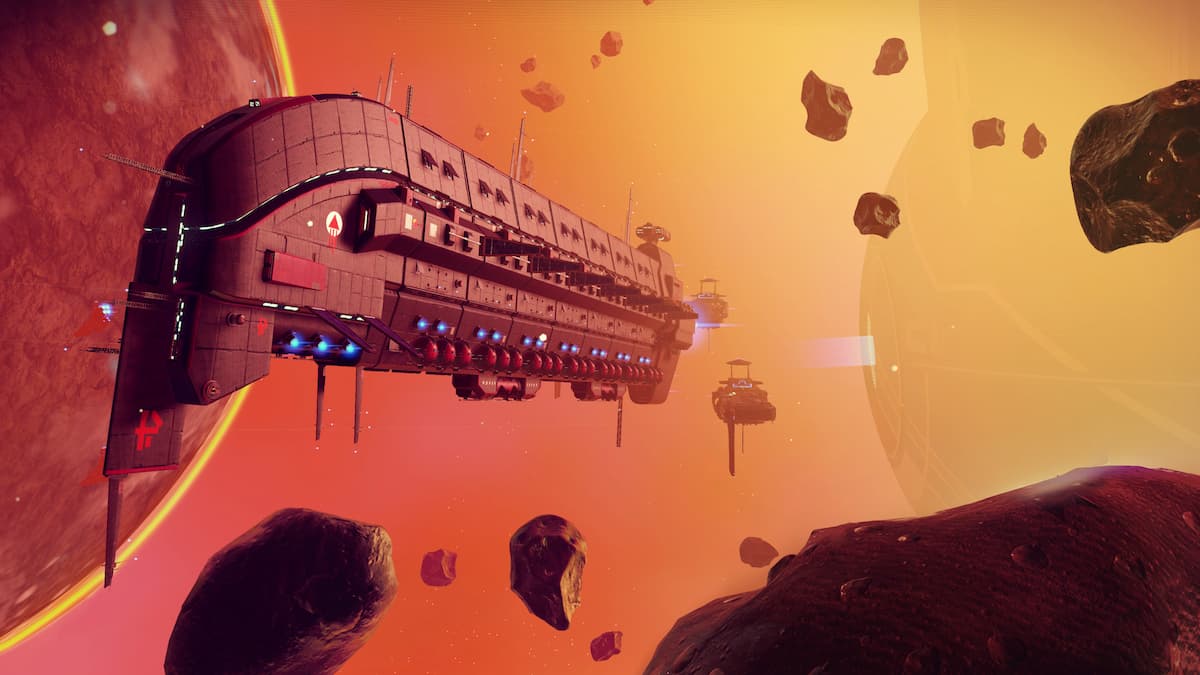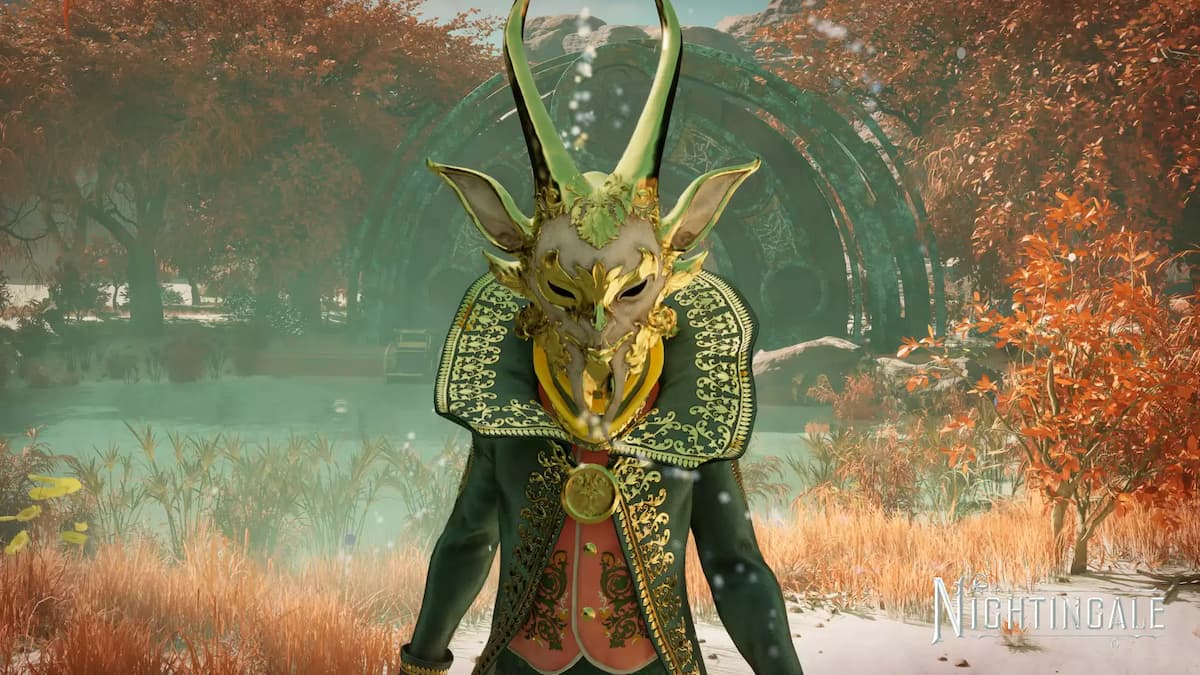Exploring the universe is a dream of mine, and having a video game that allows me to do that is beyond what I could expect. Meeting new intelligent sentient life, visiting new planets, travelling at the speed of light, and getting through a black hole. These are things you can do in No Man’s Sky. However, the things you will encounter across the galaxies will be varied. Sometimes you will find a vacation site. Sometimes, you will drop dead before even blinking an eye. This all depends on what galaxy you are currently visiting. But what type of galaxies are there? And what makes them different from each other? Glad you asked! Here are all No Man’s Sky’s galaxy types explained.
All Galaxy Types Explained
In No Man’s Sky, there are a total of 255 galaxies across the universe, and you get to visit them all, if you want to, of course. Having said that, each one of them will fall into a category that will describe what type of planet biomes you will be able to find inside. Pay close attention, since this will determine whether you are in an ideal galaxy or not for your specific purposes. Here are all the No Man’s Sky’s Galaxy types explained:
- Empty Galaxies (Ancestral, Frozen, Exhausted, or Silent): empty galaxies, as its name indicates, are galaxies that host mostly dead biome planets. This means that there is very high possibility that each of the worlds you will visit are characterized by not having any type of flora or fauna available. In fact, they will not have any atmosphere and posses a lower gravity. The good part about these worlds is that they will carry more resources, so be sure to visit dead biome worlds and empty galaxies to collect the resources you will need for crafting and other activities.
- Harsh Galaxies (Burning, Raging, Relentless, or Ruthless): harsh galaxies are a derivative of norm galaxies. As you may have guessed, these have a higher probability of hosting planets with extreme conditions. This could mean extreme heat, extreme cold, giant storms, toxicity, and a higher than normal presence of both aggressive fauna and Sentinels.
- Lush Galaxies (Halcycon, Inspiring, Serene, Tranquil): if you wish to retire from your secret space unveiling odyssey, you would want to go to lush galaxies in order to do so. What a lush galaxy means is that, most of the planets you will find, have the lush biome. In other words, they are as close as Earth as possible. Nice weather, green grass across the world and overall a nice experience. Some of them, however, can possess extreme weather occasionally or as a permanent feature.
- Norm Galaxies (Imperfect, Improved, Parallel, or Rebuilt): norm galaxies, as its name indicates, represent the majority of the galaxies in the game. They are quite balanced, in the sense that they will have the same probability to have both lush biome worlds and dead biome worlds. You see? Balanced, as all things should be. Just like the other galaxies, there is a possibility for extreme and hazardous type of planet biomes to appear, so keep an eye for them as well.
If you wish to see the probabilities of certain biomes to appear on certain galaxy types, here are a couple of tables that will illustrate them. The higher the number, the more probable the biome will appear in the indicated galaxy.
Normal Planet Biome Probabilities
| System Colors → | Yellow | Yellow | Yellow | Red | Green | Blue |
| Galaxy → Biome ↓ | Norm | Lush | Empty | All | All | All |
| Lush | 2 | 4 | 1 | 1 | 1 | 1 |
| Toxic | 1 | 1 | 1 | 1 | 1 | 1 |
| Scorched | 1 | 1 | 1 | 1 | 1 | 1 |
| Radioactive | 1 | 1 | 1 | 1 | 1 | 1 |
| Frozen | 1 | 1 | 1 | 1 | 1 | 1 |
| Barren | 1 | 1 | 1 | 1 | 1 | 1 |
| Dead | 2 | 0.5 | 4 | 2 | 2 | 2 |
| Weird | 0 | 1 | 1 | 3 | 1 | 2 |
| Red (Mega Exotic) | 0 | 0 | 0 | 1 | 0 | 0 |
| Green (Mega Exotic) | 0 | 0 | 0 | 0 | 1 | 0 |
| Blue (Mega Exotic) | 0 | 0 | 0 | 0 | 0 | 1 |
| Test | 0 | 0 | 0 | 0 | 0 | 0 |
| Swamp | 0 | 0 | 0 | 0 | 0 | 0 |
| Lava | 0 | 0 | 0 | 0 | 0 | 0 |
| Waterworld | 0 | 0 | 0 | 0 | 0 | 0 |
| All | 0 | 0 | 0 | 0 | 0 | 0 |
Prime Planet Biome Probabilities
| System Colors → | Yellow | Yellow | Yellow | Red | Green | Blue |
| Galaxy → Biome ↓ | Norm | Lush | Empty | All | All | All |
| Lush | 2 | 4 | 1 | 1 | 1 | 1 |
| Toxic | 0.5 | 0.5 | 0.5 | 1 | 1 | 0.5 |
| Scorched | 1 | 1 | 1 | 1 | 1 | 1 |
| Radioactive | 0.5 | 0.5 | 0.5 | 0.5 | 0.5 | 0.5 |
| Frozen | 1 | 1 | 1 | 1 | 1 | 1 |
| Barren | 1 | 1 | 1 | 1 | 1 | 1 |
| Dead | 0.5 | 0.5 | 0.5 | 0.5 | 0.5 | 0.5 |
| Weird | 0 | 0.5 | 0 | 0.5 | 0.5 | 0.5 |
| Red (Mega Exotic) | 0 | 1 | 1 | 3 | 0 | 0 |
| Green (Mega Exotic) | 0 | 1 | 1 | 0 | 3 | 0 |
| Blue (Mega Exotic) | 0 | 1 | 1 | 0 | 0 | 3 |
| Test | 0 | 0 | 0 | 0 | 0 | 0 |
| Swamp | 1 | 1 | 1 | 0 | 2 | 1 |
| Lava | 1 | 1 | 1 | 2 | 0 | 1 |
| Waterworld | 0 | 0 | 0 | 0 | 0 | 0 |
| All | 0 | 0 | 0 | 0 | 0 | 0 |
Related: How to Find and Survive Abyssal Horror in No Man’s Sky
And there it is. Be sure to keep a track of the galaxies you have visited to know what you will encounter in every single planet that they hold. Be extra careful with the harsh galaxies, though, you will probably be attacked by pirates or killed by extreme weather if you are not careful enough. Good luck, my space friend!
No Man’s Sky is available on PlayStation 5, PlayStation 4, Xbox One, Xbox Series X/S, Windows, and macOS. Please check out Gamer Journalist on Facebook to join the discussion and keep up to date with our content. You might also like to check out or guides on Become a Smuggler in No Man’s Sky’s Newest Update or How to Find Sentinel Pillars in No Man’s Sky (NMS).











Published: Feb 3, 2023 03:10 pm